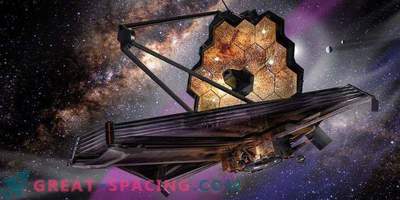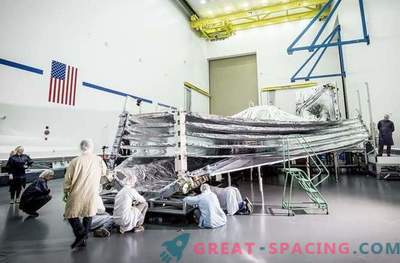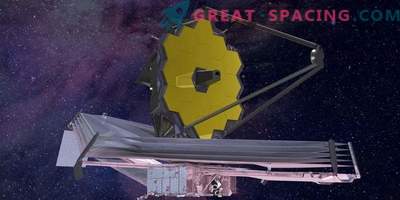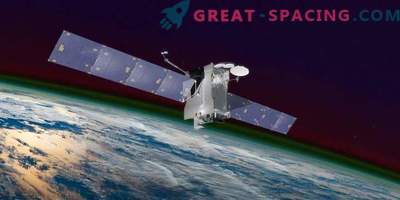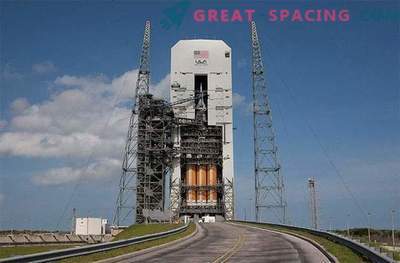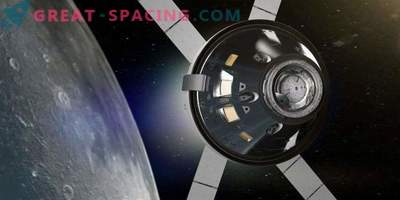
The distant space communication network is represented by three ground stations with intervals of 120 degrees
Recently, the James Webb space telescope passed the first test of the quality of communication between the telescope's earth segment (GSEG-1) and the communication center.
GSEG-1 checked all communication systems that are used to support the launch, operation and normal operation of the device in orbit. Now the telescope is in California and successfully received a signal from the Institute in Baltimore.
For the first time, all the components of the mechanism started simultaneously. During the test, scientists sent the same commands that they use when it is located in orbit at the second Lagrange point (L2). The configuration of the on-board computers passed the test, and a response came from the monitoring data of the general condition. The test was divided into two stages. SN took 8 hours and passed on May 24th. All communication systems involved at startup were checked. On June 20, a 13-hour DSN test took place, where all communication systems were tested since the launch was completed.
The DSN includes three ground stations at intervals of 120 degrees: Australia, Spain and America. All of them are needed so that the telescope can always communicate with one of them if it loses contact with the other.
A month before launch in 2018, they are going to conduct a final test, checking the quality of the signal. Telescope James Webb - the last word in the technologies of the 21st century. With his help, they hope to unravel the most intricate universal secrets and get to the event of the Big Bang.
